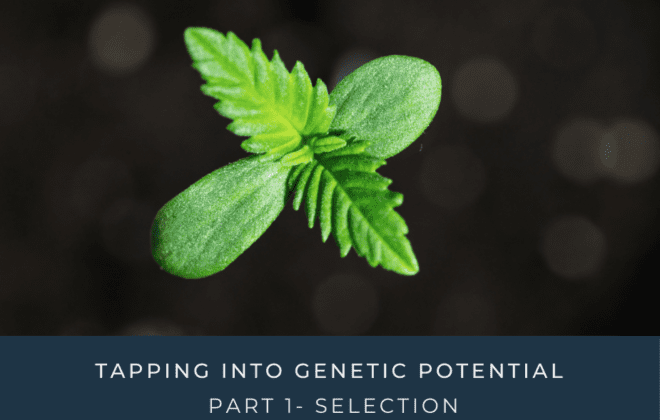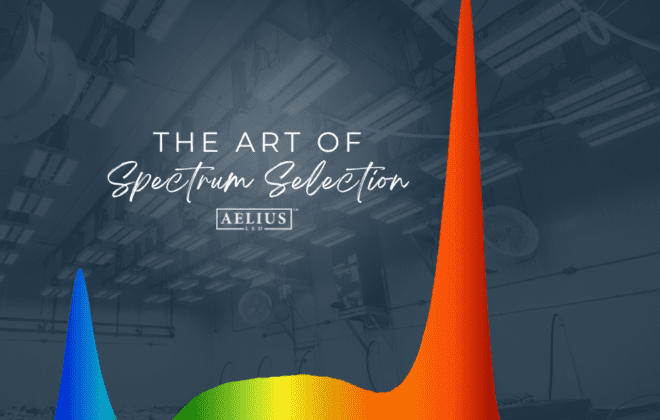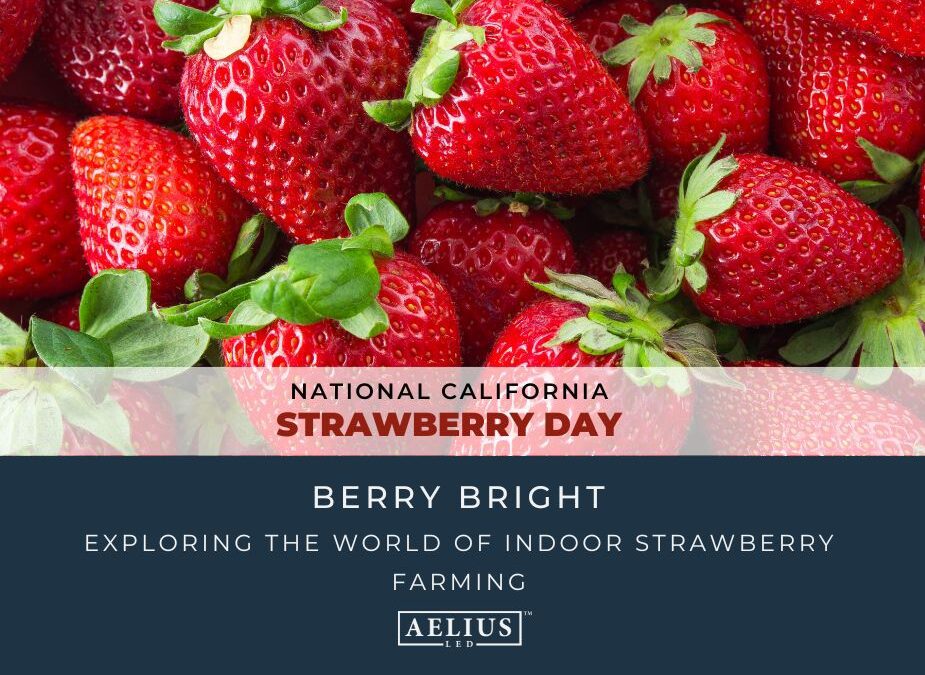
Berry Bright: Exploring the World of Indoor Strawberry Farming 🍓
Strawberry farming has a long history, with evidence of cultivation dating back to ancient Rome. The dense sweet, and juicy strawberries we eat today, however, are the result of centuries of selective breeding. Beyond their delicious taste, strawberries are a nutritional powerhouse packed with essential nutrients including Vitamin C, manganese, and antioxidants. But did you know that these delightful berries can also thrive indoors?
Let’s delve into the fascinating world of indoor strawberry cultivation, uncovering the cultivation needs of these delectable fruits and their unique lighting preferences.
Environment Controls
Strawberries can be harvested indoors using a variety of cultivation methods, including hydroponics, vertical farming, and of course, greenhouses. These methods allow growers to maximize space efficiency, and optimize growing conditions, resulting in higher yields and quality berries.
While there are many benefits to growing strawberries indoors, there are also some challenges to consider. Cultivar selection can make or break the success of your indoor farm. Not all strawberries are suited for indoor cultivation, when selecting strawberry cultivars, it is important to carefully consider your indoor limitations and select a cultivar that is likely to succeed and adjust your environment accordingly.
Most strawberries thrive in temperatures between 60-80°F (15-27°C). Keeping a close eye on your temperature control, water schedule, and humidity can make or break your strawberry success.
What’s Above Your Strawberries?
As with most crops, lighting is a critical factor for the successful cultivation of strawberries indoors. Strawberries require bright, direct light for optimal growth. Full spectrum LED lights, including blue, red, and white light, are ideal for indoor strawberry cultivation.
The ideal PAR (Photosynthetically Active Radiation) level for growing strawberries typically ranges between 200 to 600 µmol/m²/s (micromoles per square meter per second) during the different growth stages. It is important to note that the optimal PAR level can vary based on factors such as the cultivar, growth stage, and environmental conditions.
Here is a guide to the suggested PAR levels for different stages of strawberry growth:
Seedling Stage: During the seedling stage, when young strawberry plants establish roots and develop foliage, lower PAR levels are sufficient. Aim for PAR levels between 100 to 200 µmol/m²/s to promote healthy root and leaf growth without causing stress to the seedlings.
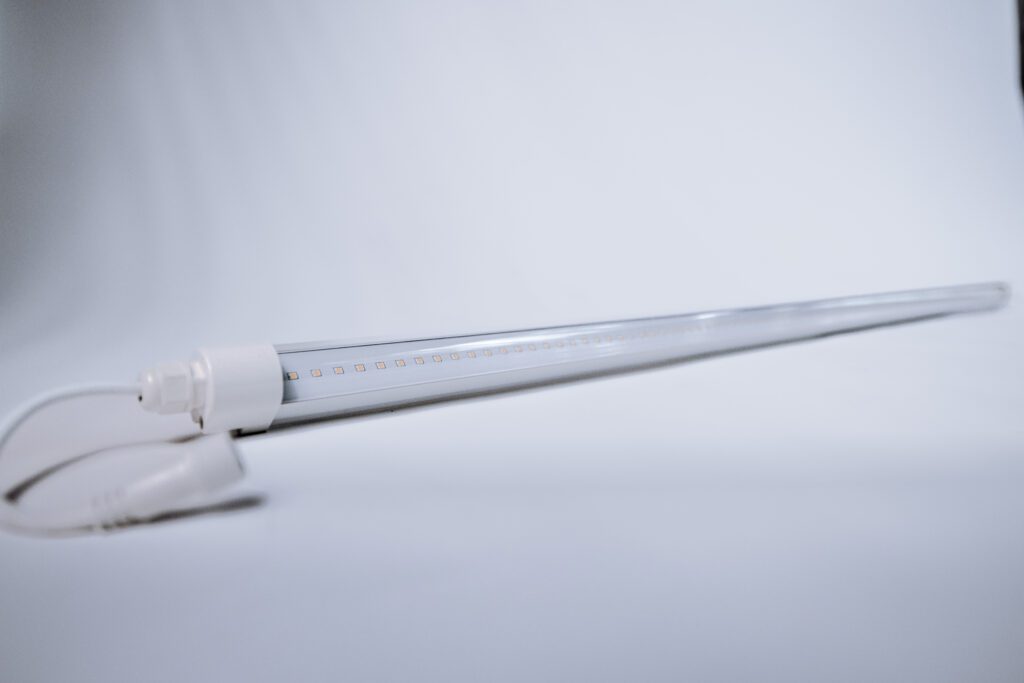
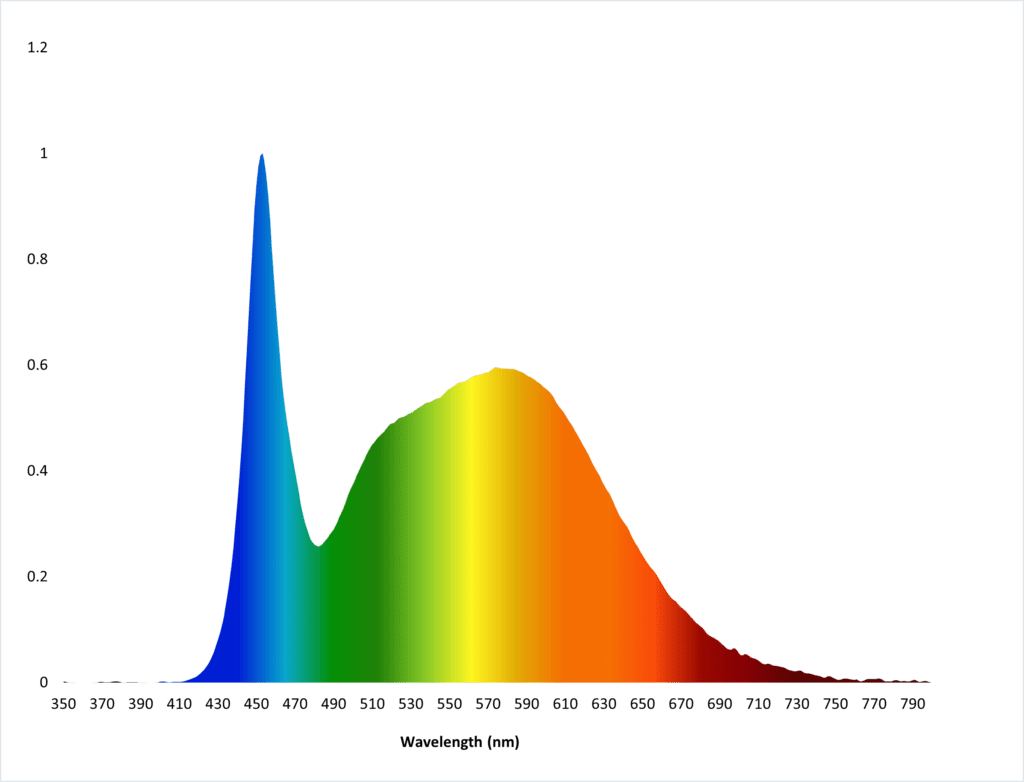
The Aelius 20w LED Tube 6500k is a great choice to meet the lighting requirements of strawberry seedlings.
Vegetative Growth: As the plants enter the vegetative growth stage and focus on leaf development and plant growth, higher PAR levels are beneficial. Aim for PAR levels between 200 to 400 µmol/m²/s to support robust vegetative growth and the formation of a dense canopy.
Flowering and Fruit Development: During flowering and fruiting stages, strawberries require ample light to support flower formation, pollination, and fruit development. Optimal PAR levels typically range from 400 to 600 µmol/m²/s to ensure optimal yields and fruit quality.
Ripening Stage: In the final stages of fruit ripening, maintaining moderate to high PAR levels helps enhance sugar accumulation and flavor development in strawberries. PAR levels of 300 to 500 µmol/m²/s are suitable for promoting proper ripening and flavor development.
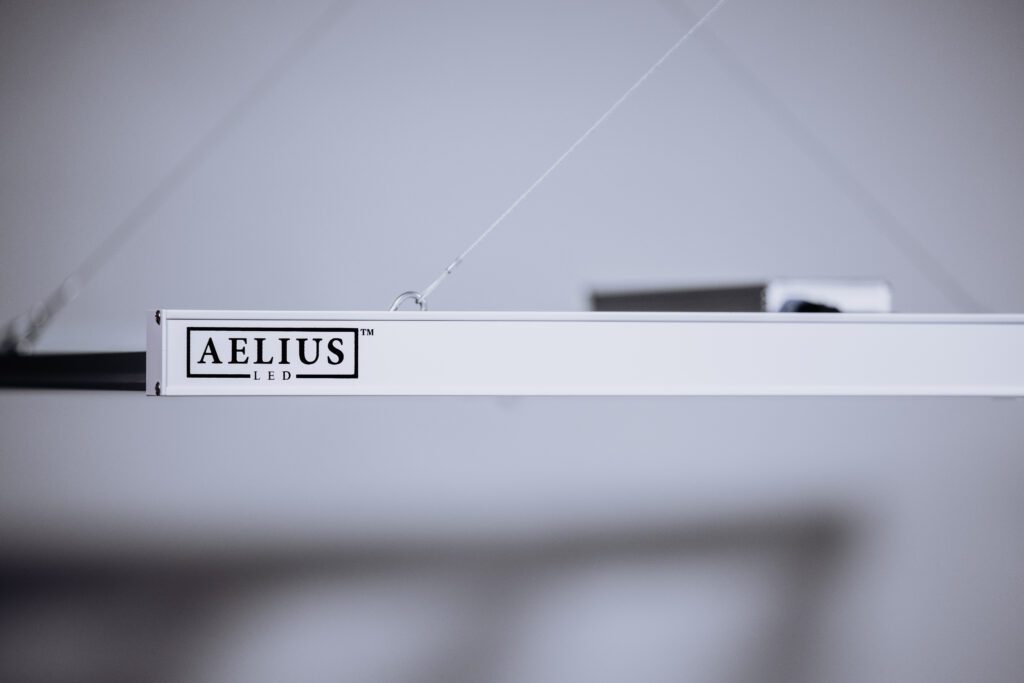
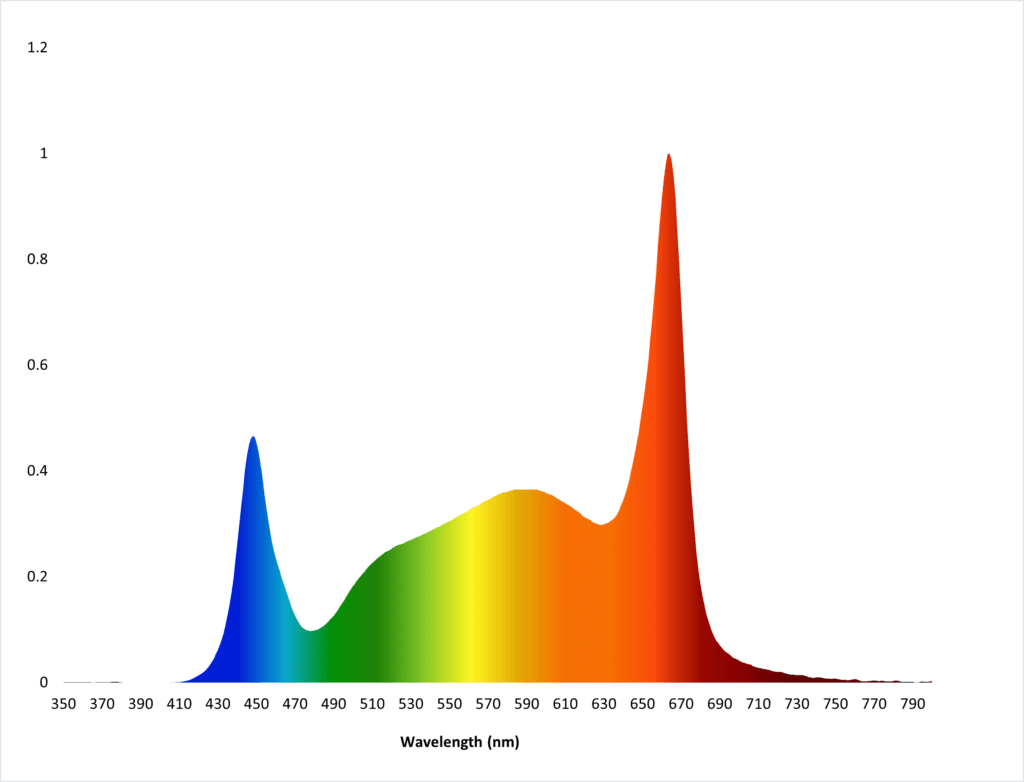
A medium-wattage full spectrum fixture, such as the Aelius Matrx 420F, would be ideal to unlock the strawberry plant’s true genetic potential from vegetative through to ripening phases indoors. Supplemental Aelius REDD lighting would be a great addition to greenhouse cultivation.
Monitoring plant response and adjusting light intensity accordingly is essential to optimize growth and yield. Additionally, uniform light distribution across the entire canopy helps ensure consistent plant development and fruit quality. Growers may need to experiment and fine-tune PAR levels based on their specific growing conditions and the performance of their strawberry plants, we recommend getting a quality PAR meter to gather data and achieve your desired results.
With careful attention to cultivation practices, growers can produce berries that surpass their outdoor counterparts in taste and quality. So, the next time you bite into a juicy, ripe strawberry, remember the innovative farmers working tirelessly to bring these delightful fruits to your table, no matter the season.
🍓 HAPPY NATIONAL CALIFORNIA STRAWBERRY DAY! 🍓


